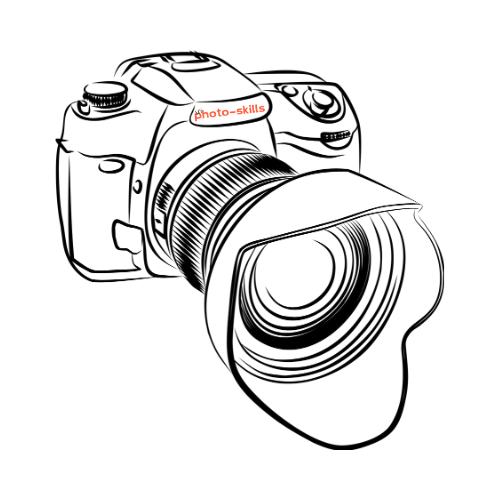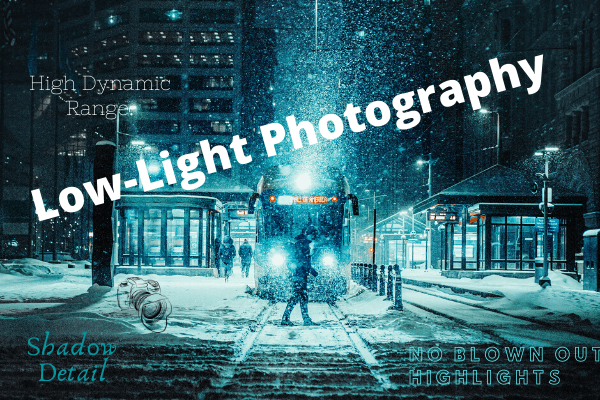What is the best camera for low-light photography?
Covid-19 lockdown and a late afternoon self-portrait session in rapidly diminishing light is what prompted my thought process..
Low-light photography is something that has always interested me so I decided to find out a bit more and what camera is the best for it.
I did some research which should be of interest to those who shoot in low-light conditions.
Here’s how I went about it and what I discovered.
Contents
The Process ... I asked the horse
After much floundering around, talking to photography colleagues and reading a million reviews I was more confused than ever.
Ever noticed how a photographer will promote the brand they use regardless of any shortcomings or the virtues of other brands?
Standard human nature but frustrating when you are trying to present an impartial review.
So I went directly to the brand manufacturers and asked them straight out:
“What is your best camera for low light conditions?”
Adding that I had no preference for sensor size (full frame or crop sensor), mirrorless or DSLR. Nor was I concerned about budget.
I asked Sony, Canon, Nikon and FujiFilm.
I’m pleased to say that each of the companies I contacted had a similar thing to say before making any recommendations.
In one way or another they said:
“This is a bit of a tricky question to answer for you as there are so many different parameters that come into play that also depend one what kind of photography you will be doing i.e astro vs street vs events etc. eg:
- Image Quality
- Lens Speed
- Dynamic range
- Auto focus performance
- Image Stabilisation
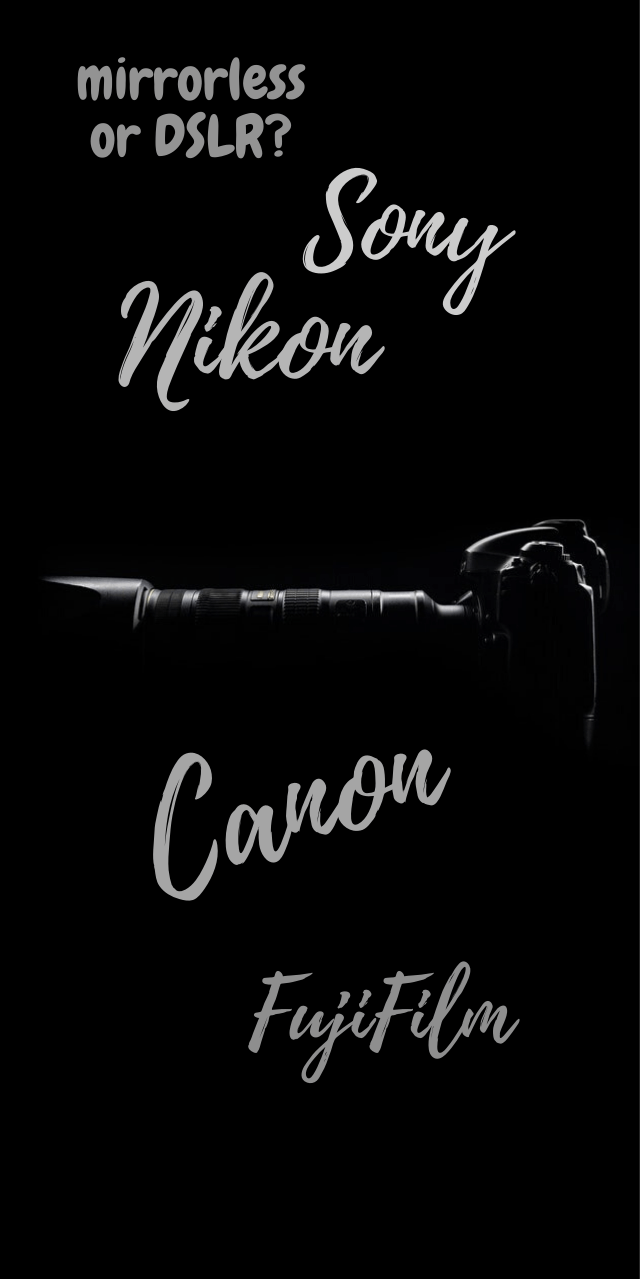
Sony Suggested ...
Unfortunately I still have not heard back from Sony after a week of waiting.
I’ll give them the benefit of the doubt and assume it is the Covid lockdown that has kept them from answering – although I don’t know why that should be as I would expect e-mails to be monitored.
I therefore had to resort to troubling my Sony mates and the internet in general.
For low light photography it seems the Sony A9 ii is the best by some way although the jury is still out on the Sony A7R iv.
It makes sense to me that the A9 ii will be better in low light because of the lower number of pixels – 24.2 mp compared to the A7r iv that has 61.
The more megapixels you have the greater detail you will capture but larger pixels (which means less on the same size sensor) respond quicker to light and therefore perform better in low light at the expense of detail.
So the A7R iv is great for detail – such as in ladscapes and with landscape for low-light longer exposures and the use of a tripod is recommended.
Nikon Suggested ...
Nikon Z7
Let’s start with the Z7 in the Nikon options.
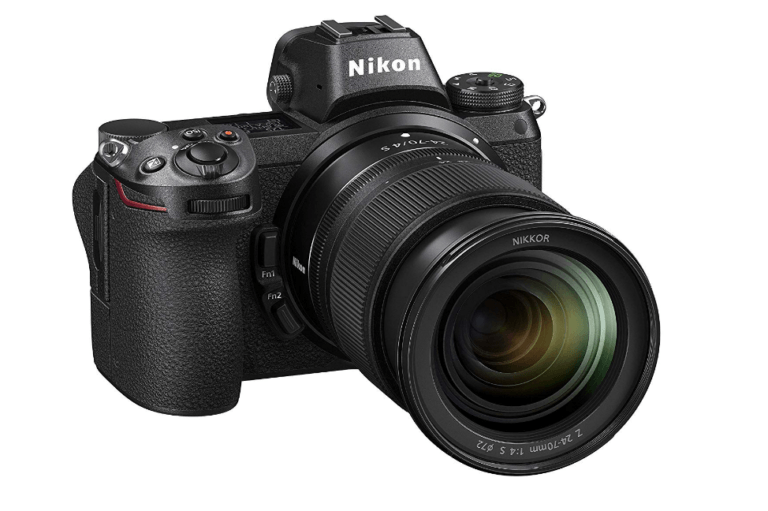
Will the much anticipated Z8 – release now delayed thanks to Covid -29, bring even better low-light capapbilities?
Time will tell and I look forward to finding out.
Nikon Z6
The Impact of the Z Mount.
With the lens being mounted that much closer to the body the Z-mount does allow for wider aperture lenses to be used and this of course will let in more light.
Something to bear in mind when considering low-light photography.
Megapixels
The BSI (back lighting technology) sensors used on the Nikon Z series provides substantially more light than than light than conventional sensors.
Th Z6 retains the low-pass filter and images are therefore not quite as sharp as they are on the Z7.
Is this important for low light photography? Probably not but it will all depend on your specific needs.
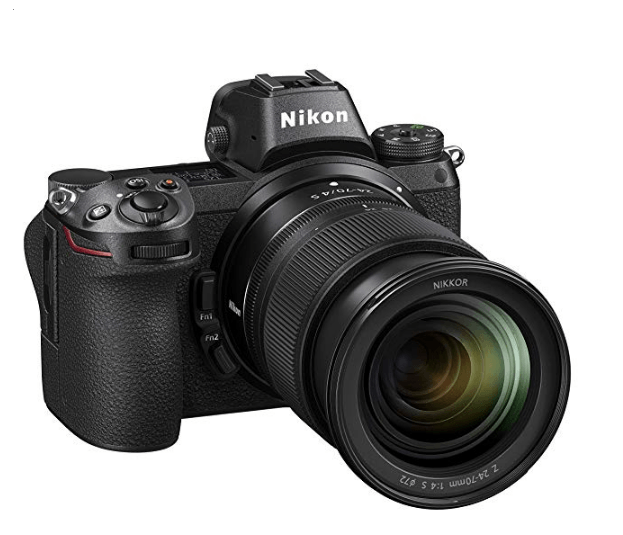
Will the much anticipated Z8 – release now delayed thanks to Covid -29, bring even better low-light capapbilities?
Time will tell and I look forward to finding out.
Canon Suggested ...
Canon were firm in their suggestion of either the Canon EOS R or the Canon 5D Mk IV.
I was impressed with their firm answer and the references they gave – essentially they said “let the camera do the talking”.
Canon EOS R
First up from Canon was the 30 megapixel EOS R mirrorless full frame camera that boasts the worlds fastest auto-focusing system.
I’ve looked at the EOS R a few times now but I had never come across the work of Daniel Etter who used this camera in near complete darkness in the coal mines of Romania .
Working at 350m below ground in almost complee darkness, with only the miner’s headlamps as light he really put the EOS R to the test.
The results are mind blowing as can be seen in the video shown here – view it is a dark room for most impact.
It was so dark his eyes could no longer see and he had to rely on the camera’s outstanding auto-focusing capabilities and the 3.69 million dot Electronic viewfinder.
Amazingly enough the solution in this extrmeme lighting was not to use the highest ISO (he never went beyond 12,800 ISO) but he did push the camera to it’s absolute limits in terms of dynamic range and keeping highlights, from the headlamps, in check while extracting detail from the extreme darkness.
Having to shoot with a wide open aperture focus had to be spot on because of the narrow depth of field and for this he relied on the touch screen to move the focus point around to ensure that he was gatting the results he wanted.
Overall that video is a very impressive performance by the Canon EOS R and a great endorsement from a world renowned photo journalist.
Since launch Canon have developed a EF lens adapter to fit the R mount allowing EF and EF-S lenses to be used on the EOS R.
Much of the technology for the EOS R is similar to the fantastic Canon 5D Mk iv which was Canon’s other suggestion – details below.
One other thing that stands out in favour of the EOS R to the 5D M iv is the weatehr sealing – the EOS R now has the same exceptional weather sealing as the Canon 6D Mk ii.
Canon 5D Mk IV
A lot has been written about the Canon 5D Mk iv since it was introduced and virtually all of it positive.
No surprises there as it was an upgarade on an already great 5D Mk iii.
With 61 focus points (of which 41 are cross type) the Canon 5D Mk IV delivers fast focusing, even in low light conditions, and one of the best dynamic ranges available in any camera today.
All in all a fantastic camera to own for all genres and an excellent low light performer.
With 61 focus points (of which 41 are cross type) the Canon 5D Mk IV delivers fast focusing, even in low light conditions, and one of the best dynamic ranges available in any camera today.
All in all a fantastic camera to own for all genres and an excellent low light performer.
FujiFilm Suggested ...
An interesting and very honest reply from FujiFIlm:
” … none of our cameras are designed specifically for low light performance.”
They went on to say a number of good things about their medium format and crops sensor cameras – they don’t deal in the full-frame market.
Their top of the range medium format camera is the GFX100 and in the crop-sensor format they have a number of new models in the pipeline.
From the current models available they suggest looking at the GXF100 and X-T4 which both have in body image stabilisation (IBIS) which means you can hand hold it in low light conditions a lot easier than the other cameras.
Definitely worth looking at or maybe waiting for the new releases.
- Image Quality
- Lens Speed
- Dynamic range
- Auto focus performance
- Image Stabilisation
For Fun ... a "bog" standard camera's low-light capabilities
Intrigued by Daniel Etter’s video and the Canon EOS R’s amazing performance I thought I would try an experiment with my bog standard Nikon D7100 – a seriously good camera and highly rated when first launched.
Here’s what I did …
- I drew my (heavy) room curtains and made it as dark as possible. It wasn’t pitch black and after a few minutes I could see quite clearly with the litlle bit of ambient light that was available. It was still dark enough that I needed light to focus and certainly too dark for “normal” photography.
- Having focused and locked it is I then turned on my laptop screen and used that as my only light source.
- With the self timer on I pressed the shutter and took up my position for the shot.
- The first image is straight out of camera with a crop (but not straightened) to compare like with like.
- The second images is after post processing, exposure, cropping, straightening and sharpening the photo in both LightRoom and PhotoShop.
- The result is I look even tougher than those coal miners – don’t you think?
I had the advantage of …
- Being able to take my time focusing and do so with light (ie before drawing the curtains)
- The use of a tripod and therefore could select a show shutter speed and low ISO
Neither of these was available to Daniel at 350 meters underground with fast-paced action that he was trying to capture.
The point is …
- While my camera is not a ‘low-light’ special, and was never intended for extremely low lighting, it is still capable of recording some detail and with post-processing produces … ummm let’s say an “interesting result”.
- If you’re not working in extremely low-lighting maybe your current gear is “good enough”.
- I coud have increased my ISO consierably as I know from previous experiments that the D7100 is pretty good as high as 6,000 ISO and at a push even 12,000
As an aside a “friend” (ex that is) of mine says the darker one is better!
Try something similar with your own gear – you’re probably in isolation during Covid-19 so why not take advantage and test your gear?
Or use this handy tool to see how your camera performs against other brands and models.
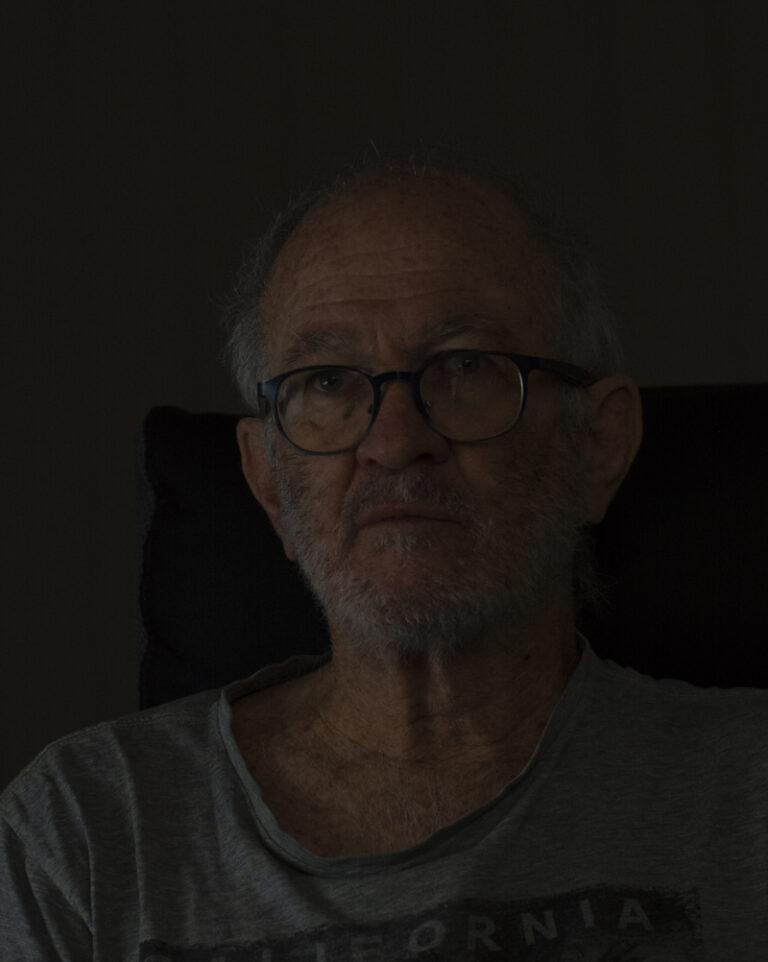
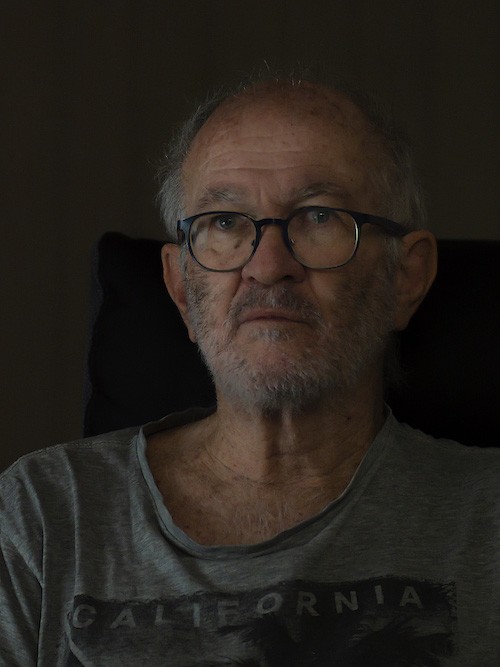
Final Word on Low-Light Photography
In writing this post it struck me as ironic that cameras that were incredibly advanced as little as 12 months ago are today “falling behind” as technology marches on.
I think it is a pity in a lot of ways.
Primarily because the older model cameras (such as my D7100) isn’t taking any worse pictures than the amazingly awesome images it was producing when I bought it.
It’s human nature, and let’s face it us photographers are amongst the worst “culprits”, to want the latest and greatest.
Anyway it is what it is and the competition for our dollar amongst leading brands is pretty fierce. That is not likely to end at any time soon so if “good, gooder and goodest” is what you’re after I think photography is as good, “gooder” or even the “goodest” place to be to enjoy the right!
Let me know your thoughts – and in particular what low-light photography experience and suggestions.
